Everyone has a favorite cartoon character, but how did they first come to life? A lot of research and love goes into creating universally recognized characters.
So today we’re bringing you ten great tips for everything you need to know about character design, using amazing examples from Envato Market.
1. Pick a Theme
Starting a new character design is like looking at a blank canvas. It’s exciting, yet scary, and might even make you break out in hives. So the key to keeping your cool under pressure is to first pick a theme.
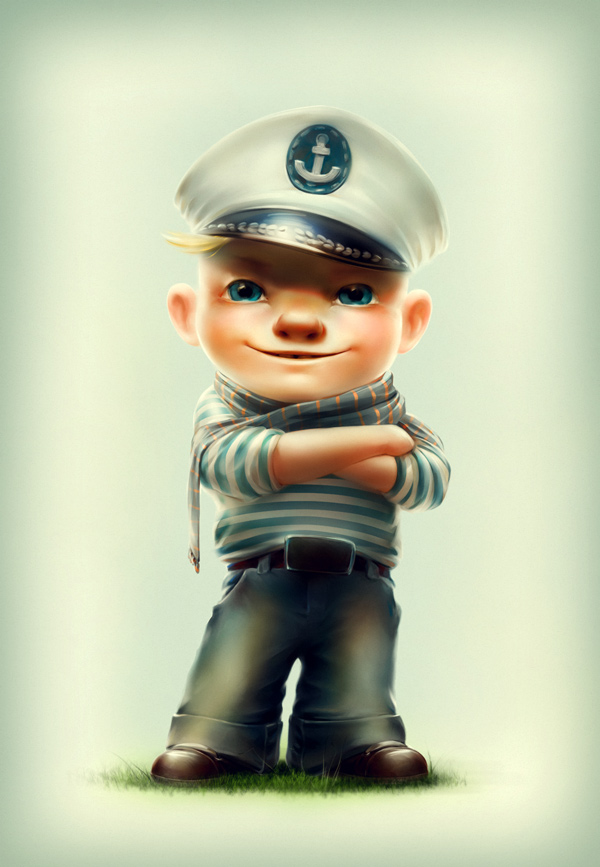
What do you want someone to see, feel, or understand immediately when they look at your characters? Allow that feeling to fuel the general makeup of your theme.
Begin by simplifying your theme into descriptive one-word answers. Words like western, retro, and futuristic all represent different time periods. On the opposite side of the spectrum, words like nerdy, cool, or villainous translate more to style and personality.
With the theme in place, make a list of details which help to reinforce the theme. Check off each one that applies perfectly to your character.
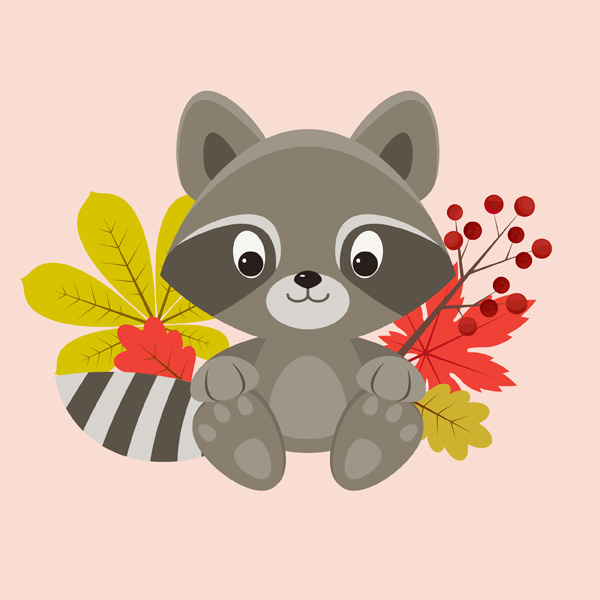
2. Develop the Backstory
Close your eyes. Imagine your character as they go through each stage of life. From the moment they’re born into your world ’til their very last goodbye, what is the kind of life you expect your character to live?
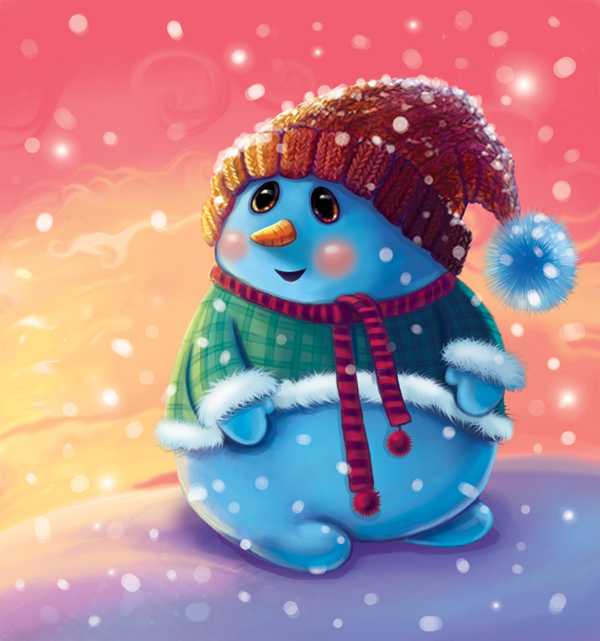
A backstory includes all of the background information you need to know. To create one, dive into research of different places, cultures, professions, and more. Getting to know your character is like making a new best friend. You
should know absolutely everything about them so that you’re able to
translate the backstory into their design.
Here’s a basic list of questions that can help you through this process:
- Where do they live?
- Who are their parents?
- What is their job?
- Who is their best friend?
- What foods do they like?
- What’s their favorite color?
Everyone knows that SpongeBob SquarePants lives in a pineapple and works as a cook at the Krusty Krab. So you see the kind of clues you can get from these answers?
How would it affect your character if they were from the US as opposed to Spain? Or lived in different climates? No matter how silly you feel, answer all these as best as you can, and even add more questions to list. If you need more help, start with a place you know.
3. Give Your Character a Name and Personality
Hello, my name is ___.
Your character is your baby. You literally birthed it from your creative consciousness only a few minutes ago, so it’s natural that you crown it with a fitting name.
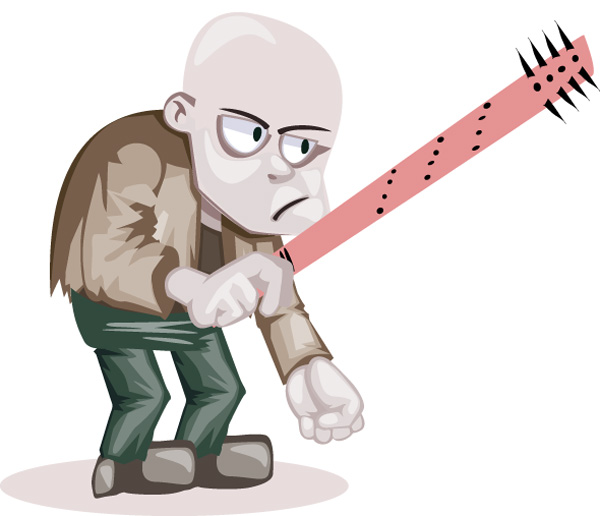
Does your character look like a Sally, Joe, or Spot? Baby names are wildly creative these days, so why not be as creative with your character names? Research the origin, meaning, and correct pronunciations to discover one that truly fits.
And when you finally begin sketching them out, keep checking back to see if the name still connects. Maybe your character went from looking like a “Steve” to a “Stefan,” so if you need to, make sure there’s plenty of room available for a good name change.
People connect to personalities. Do you see yourself or someone you know in your characters? Just like the backstory, make sure you understand your character’s personality, from what they like to the kind of jokes they would make. At the end of the day, the more you know, the more it will ultimately translate into really great design.
4. Pick a Species. Human, Animal, or Other?
Deciding whether your designs include a human or animal is a pretty big deal. Maybe they’re neither, but instead a hippy pink flower, or a super friendly futuristic robot.
Not every character has to be human or from planet Earth. And depending on your story or application, a human may not even be a good fit. Humans are pretty one-dimensional, after all, so consider the changes that come to mind once you pick a new species.
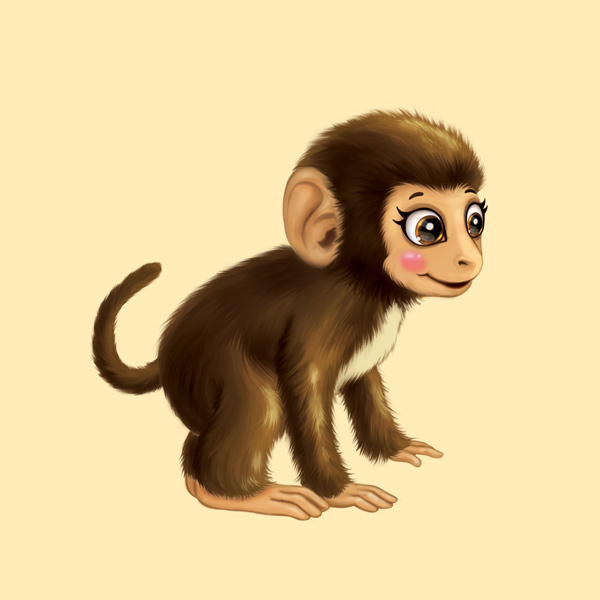
The great thing about animals is that they can be both cuddly and ferocious.
If you’re still not sure what species your character should be, simply create your own! For the purpose of getting the anatomy right, you may want to give them animal or human-like features just for convenience. In the end, though, all the other details are up to you, so have fun exploring to see what you can come up with.
5. Tall, Short, Slim, or Husky?
Have you ever noticed that sidekicks are usually smaller than the hero?
As unfair as it may seem, this purposeful juxtaposition lets the viewer see the main character as a more confident leader than their smaller counterpart.
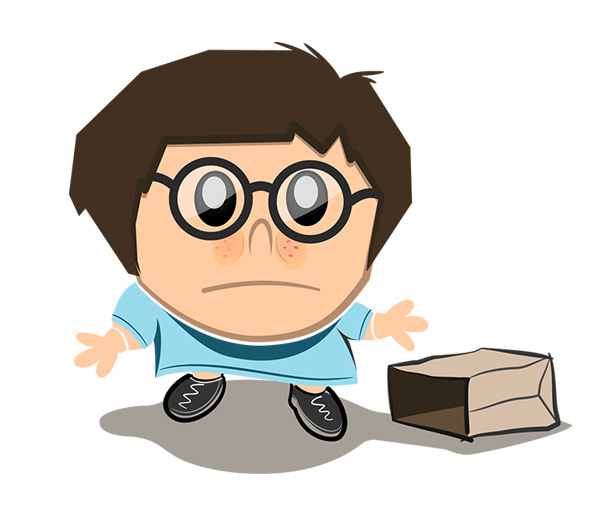
A surprising way to add distinct personality to your character is to explore different body types. Because society has already attached certain stigmas or traits to certain shapes and sizes, we automatically conclude things we know about the character by the way they look.
Here’s a tip:
Draw a floating head separate from the character’s body. Then draw three different body types and line them up with the original head. Which one looks the best, and why?
This example should immediately show you the power of switching bodies. But feel free to go against the grain so that you don’t fall prey to stereotypes.
6. It’s All About the Mood: Colors
All colors have meaning. So choose wisely to set the mood for your designs.
Usually we interpret bright colors as happy and energetic ones, while darker colors remain stubborn in their mystery. Red is a surefire option for both anger and passion. And green has huge ties to nature and money.
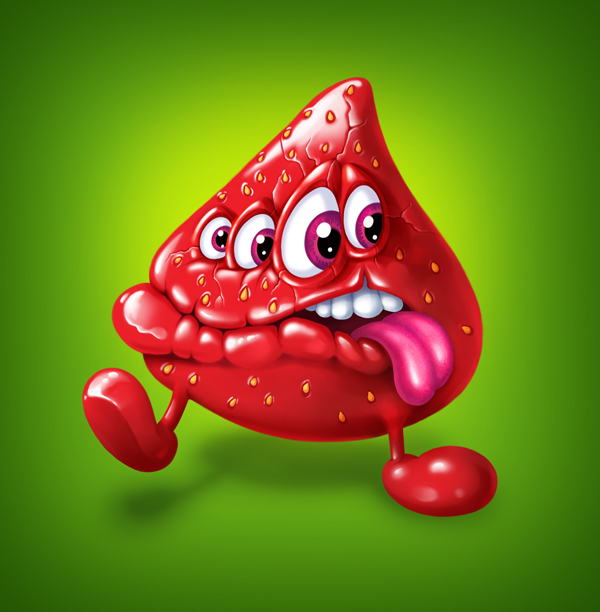
If you don’t have a color set for your character, cycle through all of them until you land on the one that works. Experiment with colors by also choosing ones you wouldn’t normally consider. Make a tough guy really pink, or give a businessman blue hair.
Stepping outside of the norm will not only help reinforce their look, but make them more memorable to your audience.
7. Create Dynamic Poses
I know you want to keep things easy, but live a little. Aside from the standard front and back poses, try creating dynamic ones with a wide range of motion.
You can learn everything about the way a character feels or what they might be up to by paying attention to their body language. Apply what you’ve learned from their backstory in order to create dynamic poses.
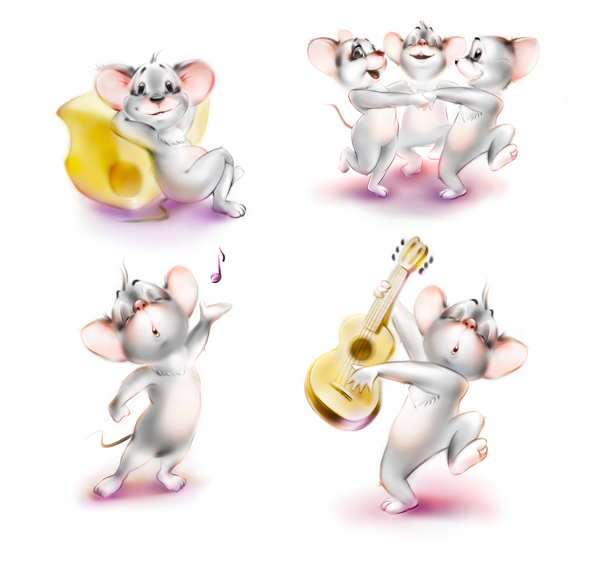
A good place to start is by researching poses through photography. Generic stocks tell us a lot about what automatically comes to mind when a certain word is used. Relaxation, for instance, might show a person sitting back with their legs crossed, similar to the top left mouse from the above example.
Creating dynamic poses is especially important when submitting work professionally. Let your characters jump off the screen and into your client’s lap with the same kind of energy they see. These poses also show that you have incredible range and adaptability as an artist, so take advantage of dynamic poses to show off your remarkable talent!
8. Got Style? Clothes & Accessories
Love to shop? Save your money and apply your unique sense of style to character fashion!
You can tell a lot about a character by the way they dress. Every character ever created is universally known by their “uniform”. Not to be confused with just work clothes, your character’s uniform is the general attire you’ll see them wearing.
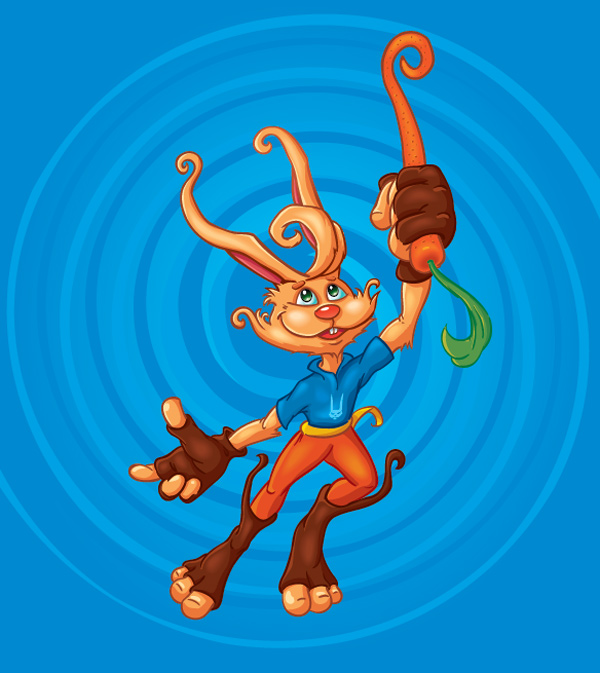
Construct each uniform with precision. Pay attention to small details like buttons, seams, and the overall tailoring. Maybe your character is pretty laid back in comfy clothes or prefers the opposite with a nice suit and tie.
This cute little gingerbread man, for example, uses simple lines of colorful icing for the outfit.
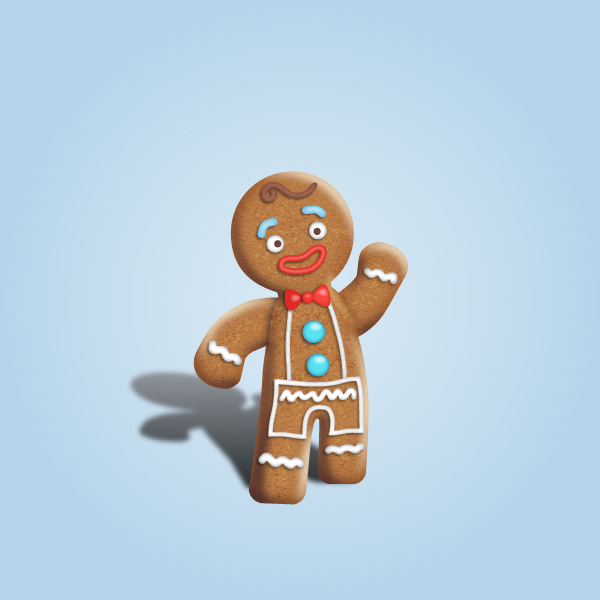
When all else fails, keep it simple. After all, you will have to redraw and paint this character many more times, so you might want to pick an outfit that is easy to recreate, no matter the angle.
9. Express Character Emotions
Make a silly face. Now draw it. What would your character look like with the same expression?
Expression is the ultimate communication tool in character design. If you caught your character at any moment of the day, which expression would they be wearing on their face?
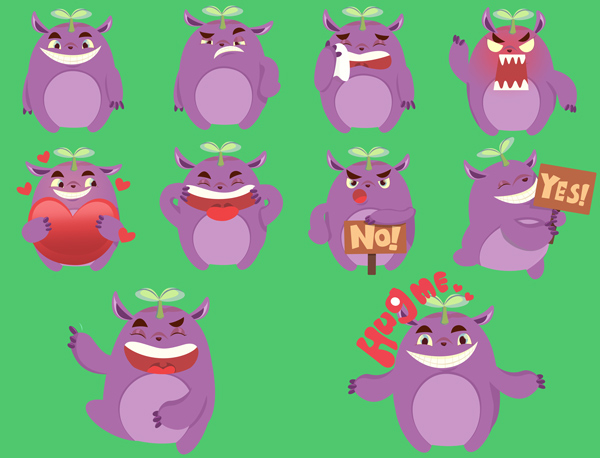
To learn more about character emotions, take it old school by trying out a traditional technique artists have used since the beginning of time. Sit in front of a mirror and make a dozen different faces that express a wide range of emotions. The eyes, brows, and mouth tend to showcase emotions pretty easily, so study these areas to determine the difference between each expression.
Mastering emotions gets you one step closer to perfecting character design. Before you know it, you’ll be able to create a variety of expressions in no time!
10. Test Alternative Versions
Design is all about experimentation. Maybe your character would look better with a hat or a completely different outfit. Use your initial design as a template so that you can test out alternative versions.
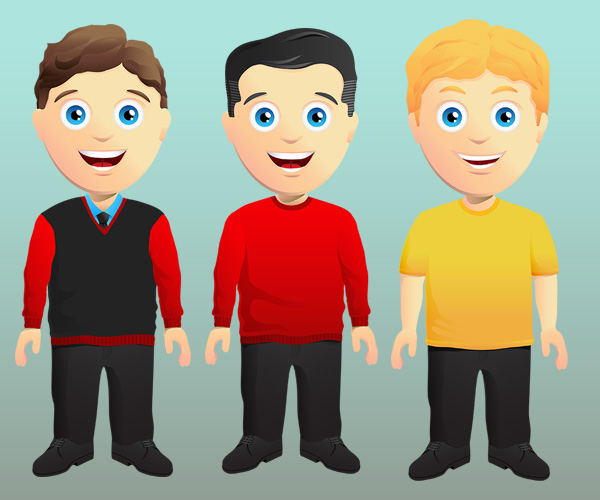
Consider getting a second opinion during this step. Sometimes we get so stuck looking at our own work that we can’t see what’s missing. Are the colors alright? Does the hairstyle need to be reworked? A second set of eyes might notice something you’ve overlooked.
Just like the example above, How to Create a Character Kit in Adobe Illustrator shows you how to make several different character options using the same template.
The other great thing about alternate versions is that you’re testing your character in different environments. See what seems to work best according to the right conditions.
Let’s Recap!
Before you go, let’s take a quick look at everything we’ve learned. Use this list to check points off while creating your own unique designs!
- Pick a theme: Use one-word descriptions that are visually clear.
- Develop the backstory: Know everything about your characters as if they were a dear friend.
- Give them a name and personality: Pick a name that fits the style and personality of your characters.
- Pick a species: Decide whether to use humans or animals, or even create your own species.
- Determine the body type: Reinforce your character’s personality by making them tall, short, thin, or husky.
- Set the color scheme: Always pick colors that make sense.
- Create dynamic poses: Not just front and back. Try to show your character in their everyday life.
- Figure out their style: Laid back or corporate? Discover their fashion sense and experiment with style.
- Make characters emote: Learn how to illustrate emotions to make your characters better!
- And test alternative versions: If something doesn’t fit, simply try something new. Always experiment until you land on the perfect design!